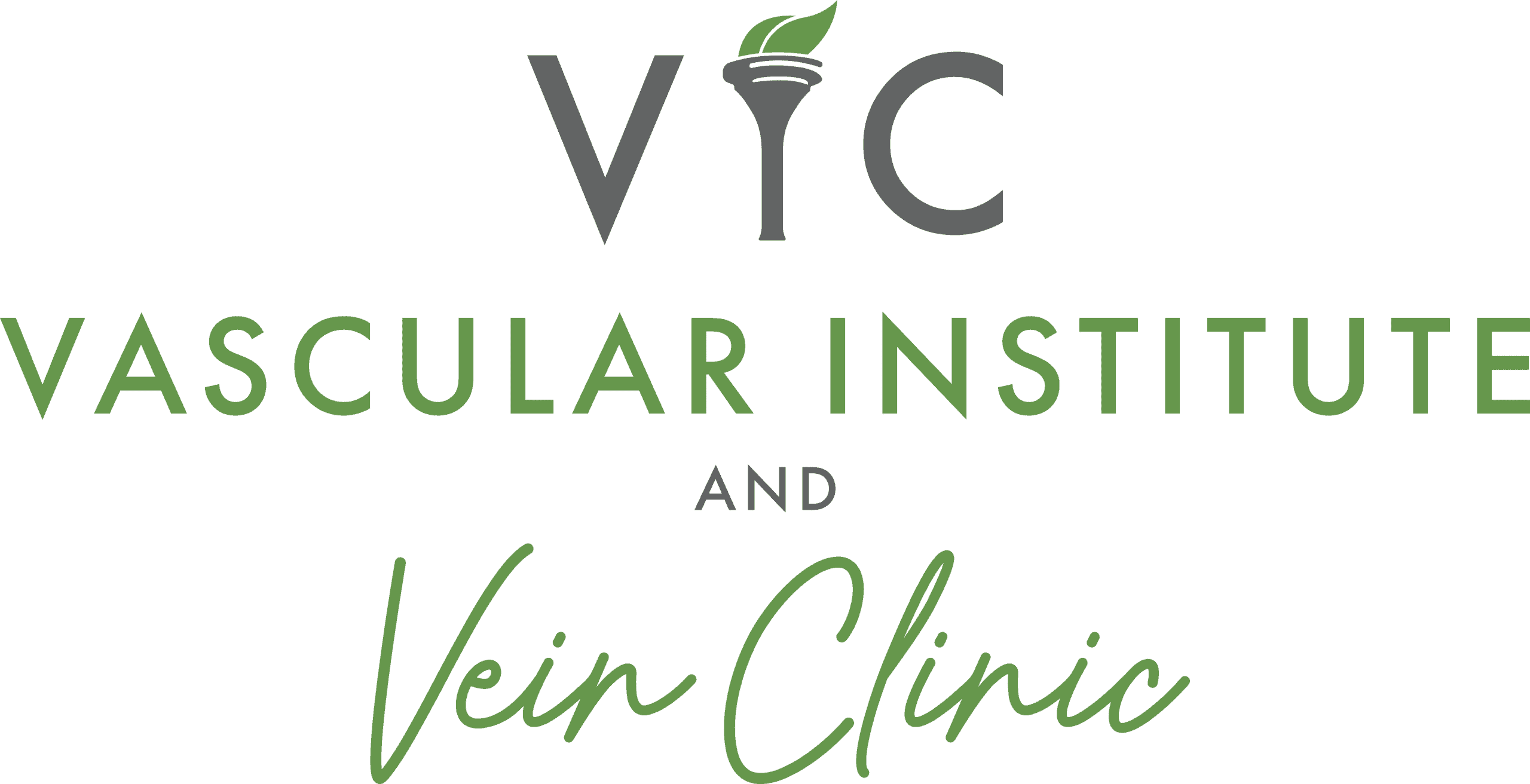|
|
Thoracic aortic aneurysm (TAA) is a serious but treatable condition. It is the medical term for an enlarged section of the aorta that passes through the chest, also known as the thoracic aorta. If left untreated, it can result in devastating complications such as rupture, bleeding and sudden death. We will discuss the causes, risk factors, and treatments for thoracic aneurysm repair, and how you can take steps to minimize your risk.
What are the main causes of thoracic aortic aneurysm formation?
One of the main causes of TAA is genetic, meaning it may run in families. Other causes can include high blood pressure, atherosclerosis (hardening of the arteries), and trauma to the chest. Some patients may also develop TAA as a result of underlying medical conditions such as Marfan syndrome of Ehlers-Dantos syndrome.
Are there any changes in lifestyle to minimize the risk?
Yes, there are several lifestyle changes you can make to minimize your risk of developing TAA. This includes eating a healthy diet that is low in saturated fats, high in fiber and rich in fruits and vegetables. Maintaining a healthy weight, quitting smoking, and managing stress are also crucial. Regular exercise and an active lifestyle can also help to keep your heart and blood vessels healthy.
Who is at risk or what are the risk factors?
Thoracic aneurysm repair can occur in anyone, but there are several risk factors that can increase your chances of developing the condition. Age, gender, and family history are some of the main factors. Males over 65 years old are at a higher risk than females. Medical conditions such as high blood pressure, connective tissue disorders and atherosclerosis can also increase your risk.
What are the treatment options for thoracic aneurysm repair?
The treatment options for TAA can vary, depending on the size and location of the aneurysm, as well as the patient’s overall health. Small aneurysms may be monitored carefully over time, while larger ones may require surgery. Endovascular repair is a minimally invasive procedure that involves inserting a small tube or stent through the blood vessels to the aneurysm. Open repair surgery involves replacing the weakened section of the aorta with a synthetic graft.
Is thoracic aneurysm repair a survivable diagnosis?
Yes, it is. With early detection and treatment, the majority of patients are able to recover and return to their normal activities. However, it is important to seek medical attention if you experience symptoms such as chest or back pain, shortness of breath or difficulty swallowing.
Thoracic aneurysm repair can be a serious condition, but it is also treatable. By understanding the causes, risk factors, and treatment options, you can take steps to minimize your risk and seek prompt medical attention if necessary. Remember to adopt a healthy lifestyle, maintain regular check-ups with your doctor, and seek prompt medical attention if you experience any symptoms. With early detection and treatment, you have a high chance of recovery and a return to normal life.





